Contributors ix
1 INTRODUCTION 1
Duncan J. Irschick, Mark Briffa, and Jeffrey Podos
References 7
2 EARLY LIFE-HISTORY EFFECTS, OXIDATIVE STRESS, AND THE EVOLUTION AND EXPRESSION OF ANIMAL SIGNALS 11
Nick J. Royle, Josephine M. Orledge, and Jonathan D. Blount
Introduction 11
Signaling 12
Early Life-History Effects and Resource Allocation Trade-Offs 13
Oxidative Stress as a Mediator of Resource Allocation Trade-Offs 15
Signals Expressed During Development 20
Signals Expressed During Adulthood 25
Competition-Dependent Sexual Signals 32
Conclusions 34
Acknowledgments 36
References 36
3 A PERFORMANCE-BASED APPROACH TO STUDYING COSTS OF RELIABLE SIGNALS 47
Jerry F. Husak, Justin P. Henningsen, Bieke Vanhooydonck, and Duncan J. Irschick
Introduction 47
Receiver-Independent Costs 51
Receiver-Dependent Costs 55
Compensatory Traits 59
Conclusions 63
Acknowledgments 64
References 65
4 COGNITIVELY DRIVEN CO-OPTION AND THE EVOLUTION OF COMPLEX SEXUAL DISPLAYS IN BOWERBIRDS 75
Gerald Borgia and Jason Keagy
Introduction 75
Cognition, Co-Option, and Complex Display 78
Delayed Male Maturity, Male–Male Courtship, and Display Trait
Acquisition 81
Female Signaling to Affect Male Display Intensity: An Innovation that Improves Courtship Success 82
Mate Searching and Flexibility in Adaptive Decision-Making 83
Female Uncertainty and Flexibility in Active Mate Assessment 84
Long-Term Age-Related Improvement in Decoration Display: Symmetrical Decoration Displays on Older Males’ Bowers 84
Anticipation of Male Routes during Courtship: Paths on Display Courts of Spotted Bowerbirds 86
Some Other Possible Cognitive Display-Related Behaviors of Bowerbirds 87
Construction of Successive Scenes for Females Visiting the Bower 88
Cognitive Aspects of Bower Building: Age-Related Improvement in Construction and Novel Techniques for Maintaining Symmetry 90
Cognitive Flexibility and Innovation in Display 93
Decoration Stealing: An Innovation for Display Trait Acquisition 94
Cooperating with Relatives for Display: An Innovation to Reduce
Sexual Competition 95
Vocal Mimicry: Learning and Innovation in Use of Co-Opted Displays 96
Co-Option Mechanism 98
Cognition in Display Trait Acquisition 100
References 101
5 INTEGRATING FUNCTIONAL AND EVOLUTIONARY APPROACHES TO THE STUDY OF COLOR-BASED ANIMAL SIGNALS 111
Darrell J. Kemp and Gregory F. Grether
Introduction 111
Color Signal Production in More Detail 115
Signals, Honesty, and Condition-Dependence 116
Coloration as an Honest Advertisement 117
Trinidadian Guppies (Poecilia Reticulata) 118
Pierid Butterflies (Subfamily Coliadinae) 122
Birds 127
Discussion/Conclusion/Future Work 129
Acknowledgments 131
References 131
6 AGONISTIC SIGNALS: INTEGRATING ANALYSIS OF FUNCTIONS AND MECHANISMS 141
Mark Briffa
Animal Contests and the Evolution of Agonistic Signals 141
Empirical Approaches to Testing Theory: “Physiological Costs,” “Stamina,” and “Performance” 154
Energy Status and Agonistic Signals 156
Whole Body Performance and Agonistic Signals 159
Conclusions 164
References 167
7 ACOUSTIC SIGNAL EVOLUTION: BIOMECHANICS, SIZE, AND PERFORMANCE 175
Jeffrey Podos and S.N. Patek
Introduction 175
Biomechanics 178
Body Size 183
Performance 187
Concluding Remarks 194
Acknowledgments 195
References 195
8 DISHONEST SIGNALING DURING AGGRESSIVE INTERACTIONS: THEORY AND EMPIRICAL EVIDENCE 205
Robbie S. Wilson and Michael J. Angilletta Jr.
Introduction 205
The Evolution of Signaling 206
The Theory of Dishonesty 208
Dishonest Signaling in Aggressive Interactions between Conspecifics 209
Conclusions 223
References 223
9 FUNCTIONAL APPROACH TO CONDITION 229
Dustin J. Wilgers and Eileen A. Hebets
Introduction 229
Practical Approaches to Condition 230
Condition and Animal Performance 235
Condition and Mate Choice 239
Summary 241
References 242
Index 253


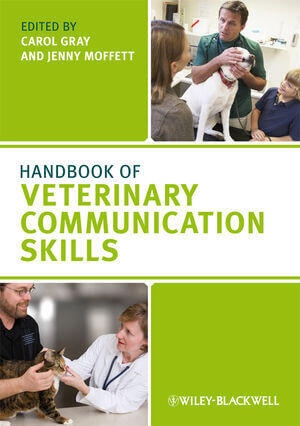

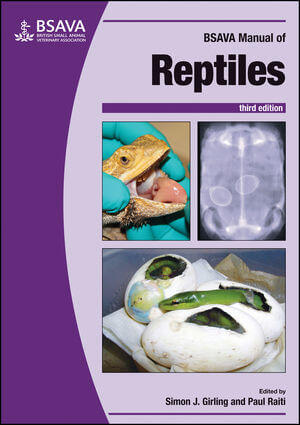
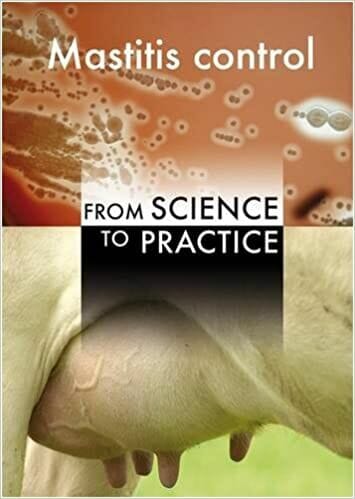

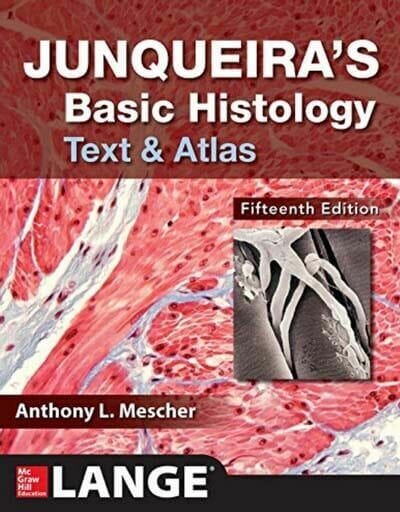
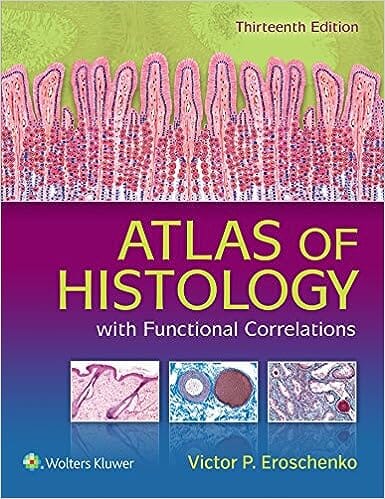
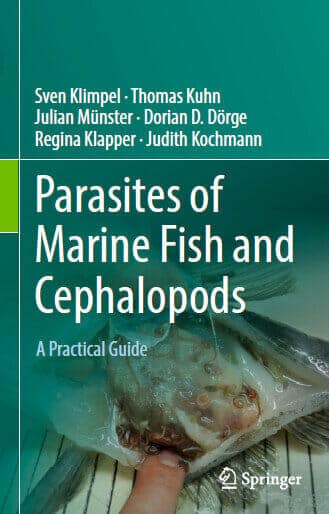
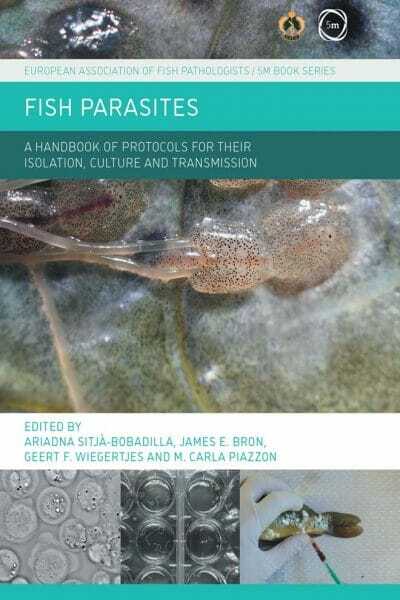
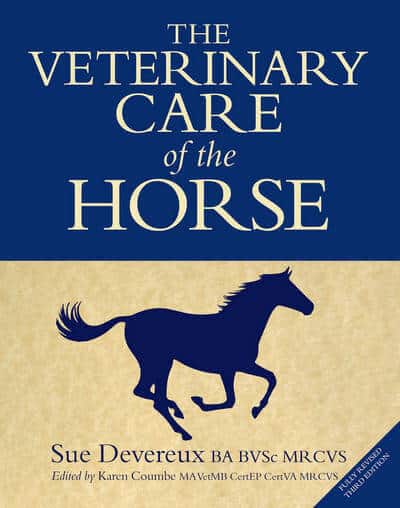
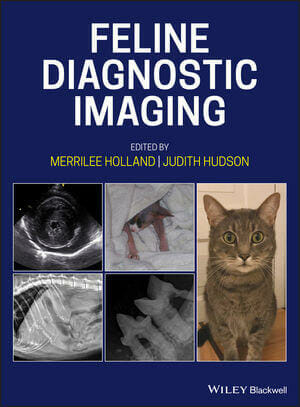
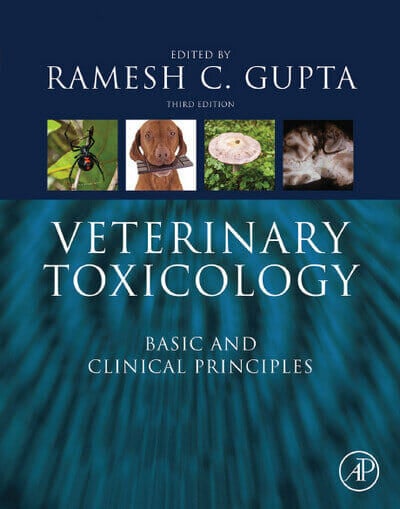
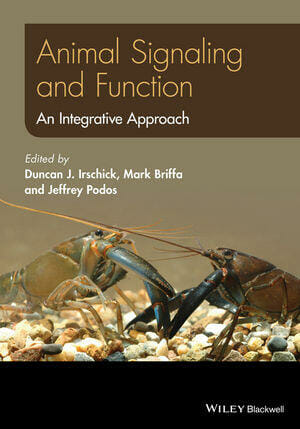




![Ettinger’s Textbook of Veterinary Internal Medicine 9th Edition [PDF+Videos] Ettinger’s Textbook of Veterinary Internal Medicine 9th Edition [True PDF+Videos]](https://www.vet-ebooks.com/wp-content/uploads/2024/10/ettingers-textbook-of-veterinary-internal-medicine-9th-edition-100x70.jpg)
![Textbook of Veterinary Diagnostic Radiology 8th Edition [PDF+Videos+Quizzes] Thrall’s Textbook of Veterinary Diagnostic Radiology, 8th edition PDF](https://www.vet-ebooks.com/wp-content/uploads/2019/09/textbook-of-veterinary-diagnostic-radiology-8th-edition-100x70.jpg)







